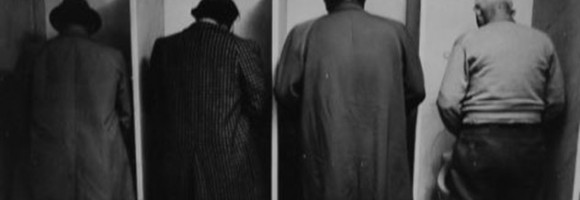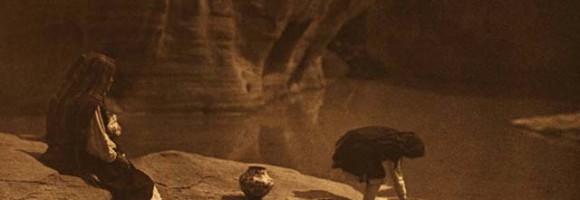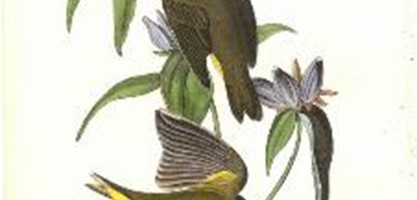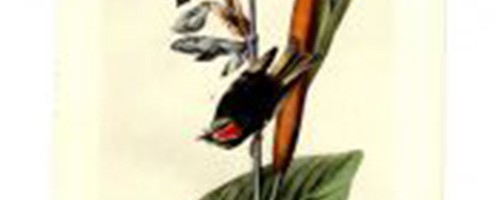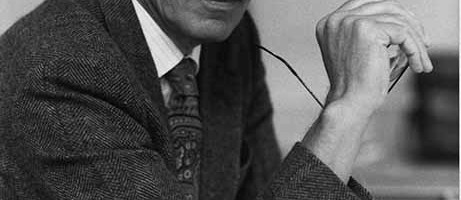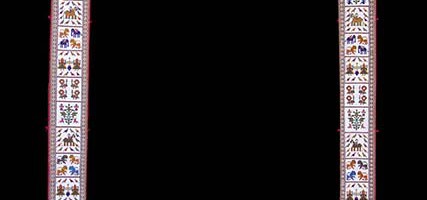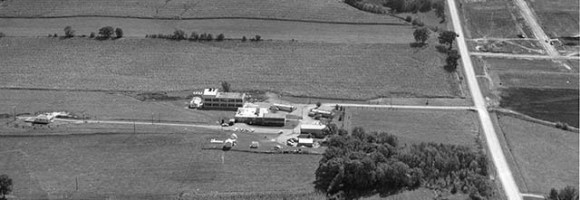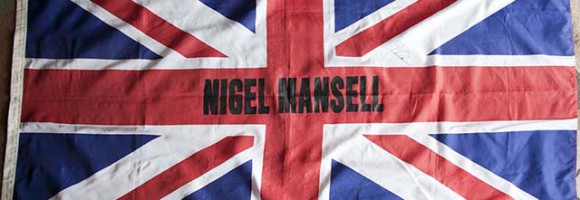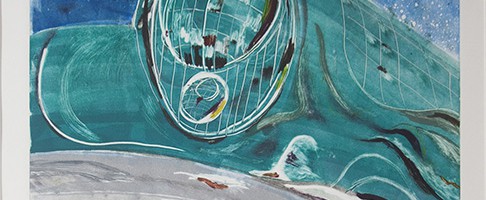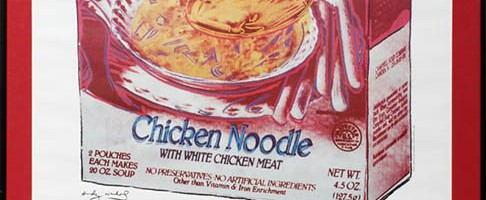Arthur Tress
These three photographs are very recent acquisitions from an auction in Scottsdale, Arizona. When I came across these images about one month ago, I recognized them immediately for their characteristic surrealistic quality. The value of these photographs far exceeds what I paid for them and I feel honored to have such exceptional items in my collection.
Arthur Tress, a unique and well-known artist, was one of the first in the 1970s to break from street photography and to develop a more personal vision. Tress’s works display a known sudo-realistic, homoerotic facet. He is known for manipulating the reality in front of him, instead of simply being a passive observer.
Arthur Tress’s work can be found in numerous museums and institutions, including the New York Museum of Modern Art, the New York Metropolitan Museum, the George Eastman House, the Bibliotheque Nationale, the Centre Georges Pompidou, the Los Angeles County Museum of Art, the San Francisco Museum of Art, the Houston Museum of Fine Art, the Whitney Museum of Art, the Stedelijk Museum, the High Museum of Art, the Chicago Center for Contemporary Art, the Cincinnati Art Museum, the Art Institute of Chicago and the Milwaukee Art Museum.
For more information about Arthur Tress, click here.
Edward Curtis, printed by Jean-Antony du Lac, 1974
I happened upon the first photograph, the Curtis photograph of the seated woman, at an outdoor flea market in Scottsdale, Arizona. It was positioned on the ground next to a table facing the sun, and as an art curator, my instinct was to protect any photo from direct sunlight.
I bought the photograph for only ten dollars, recognizing the Edward Curtis signature. Edward Curtis photographed wealthy individuals to sustain the immense costs of his life’s work, recording the faces and lifestyles of over eighty vanishing Native American tribes, something he did between 1904 and 1930. Although the identity of the woman remains unknown, my research and several historians have eliminated some possibilities. This image may depict one of his wealthy clients.
The second photo, “On the Old Well of Acoma,” was printed in 1974 from the original copper plate. Jean-Antony du Lac printed a series of Curtis photographs, which are said to be undistinguishable from the originals.
John James Audubon
The artwork created by John James Audubon represents the finest natural history illustrations ever made. His art is elegant and inspiring.
Although common, these prints eloquently represent the grace of Audubon’s work. I encountered these at an estate sale in Phoenix a few years ago. I initially purchased them because I loved the frames which, as you can see, are solid burl. The two had been hanging on a wall for a very long time, something I noticed as I took them off the hooks and encountered think layers of cobwebs.
Once I had them, however, I noticed the certificates of authenticity on the back. I realized these were first editions, hand-painted prints from the 1840’s. Although not wildly valuable, these prints are worth much more that what I had paid for nice frames.
John James Audubon
The artwork created by John James Audubon represents the finest natural history illustrations ever made. His art is elegant and inspiring.
Although common, these prints eloquently represent the grace of Audubon’s work. I encountered these at an estate sale in Phoenix a few years ago. I initially purchased them because I loved the frames which, as you can see, are solid burl. The two had been hanging on a wall for a very long time, something I noticed as I took them off the hooks and encountered think layers of cobwebs.
Once I had them, however, I noticed the certificates of authenticity on the back. I realized these were first editions, hand-painted prints from the 1840’s. Although not wildly valuable, these prints are worth much more that what I had paid for nice frames.
Artist Unknown
Sir George Henry Martin is considered one of the greatest and best-known record producers of all time, with 30 number one hit singles in the UK and 23 number one hits in the United States, according to the BBC. As the driving force behind the Beatles, Martin often acted as the band’s arranger. His musical expertise helped connect the Beatles’ talent with the type of sound they wanted to produce. Most of the Beatles’ orchestral arrangements were written or performed by Martin in collaboration with the band. More information about George Martin can be found here.
This photo is from the estate of William “Billy Carl” Rodgers. Bill Rodgers was a Phoenix area DJ for station KDKB.
Artist Unknown
Overall, this beaded work is a mystery to me. However, although I have little information regarding the origins of this piece, there is no doubt it is an amazing piece of artwork. I venture to guess it was used at an entrance way for a celebration.
I bought this piece at an auction in Scottsdale and did not realize how large and heavy it was until I unfurled it. The delicately woven patterns of Venetian glass beads depict figures of human beings and animals. The precise tension of the weaving, something that can be felt as you run your hands over the beads, makes this a masterfully crafted piece of art. Few beaded works exhibit such fine craftsmanship. Because of the nature of bead trades, however, the exact age of the beaded doorway cannot be determined. These beads could be hundreds of years old.
Daniel Swadener
These photos were salvaged from my first meeting with Johan Bjorksten during the spring of 1977. At that time, my wife and I were living in what is now the Guest House on the north side of the Promega Campus.
Johan rented the Earth House and the Guest House simultaneously upon moving to Finland. These photographs depict the barren landscape in the area at the time. Both houses were in poor condition by the time we occupied them and the grounds were overgrown. Today, whenever I am here for Promega Art Showcases, I stay at that same Guest House.
In 1978, Bill Linton rented the upper lab from Bjorksten Labs, which is how we first met. I could tell many stories about Johan Bjorksten, Bill Linton and our parties on the hill, but for now I’ll say this: Sunday night soup, sauna and Star Trek.
Over the years, I’ve had the privilege of seeing the wonderful transition from a fledgling Bjorksten Labs to the growth and prosperity of Promega Corporation. Bill Linton has changed my life and that of many people with his vision and commitment to the life sciences.
Artist Unknown
I acquired this flag at the Mid-Ohio Raceway in 1993. The year 1993 marked Nigel Mansell’s first year in the Championship Auto Racing Team series (CART), currently known as Champ Car or Indy Car racing, and the year he won the CART Indy Car World Series, the first person to do so in his debut year. He had won the Formula One World Championship one year prior.
On the day I bought this flag, Mario Andretti, Nigel’s teammate at the time, was selling signature Andretti collectables from a large truck, next to which was a card table with a few Nigel Mansell items. This flag was spread over that table like a table cloth with those few objects over it. I asked for the price of the flag and they sold it to me for fifteen dollars.
Later that day, I spotted Nigel getting out of his car after a practice lap. He saw the flag and invited me to have a drink with him, after which he signed it for me. As I walked through the paddock afterwards, Arie Luyendyk saw the flag and asked if he could also sign it. At that point, I was on a roll and managed to get various other signatures.
The one autograph I never got was Paul Newman’s. I had coffee with him after a race in 2000 and he told me he didn’t sign items in public. The nice chat I had with him that day, however, was worth much more than an autograph.
Jose Benavides
These prints are by a group of artists I have become close with since moving to Arizona in 2001, most of which have exhibited work at Promega. All of these artists belong to several organizations comprised of Latino and American Indian artists in the Phoenix area.
I’ve come to find a very rich art scene in Arizona, much as I did living in Kenya years ago. In both places, I became involved with and had the good fortune to work with artists and to exhibit their work.
I have come across great artists all over the world and have somehow managed to end up with a diverse collection of art pieces to remind me of those relationships. By far, the most interesting and valuable aspect of what I do is getting to know unique and fascinating people.
Andy Warhol
I received this rare Andy Warhol print from a friend many years ago. It was given to him by an executive at Campbell’s Soup Company.
Andy had a long relationship with Campbell’s. This poster, depicting an image of a short-lived production of soup boxes, was made and given to employees at Campbell’s.
Many people may recall seeing these boxes on the shelves at stores, the idea perhaps being to better use the shelf space. A printed signature and a marker signature can be seen through the poster paper.
Campbell’s Soup Box was made in 1985, only two years before Warhol’s untimely death.
